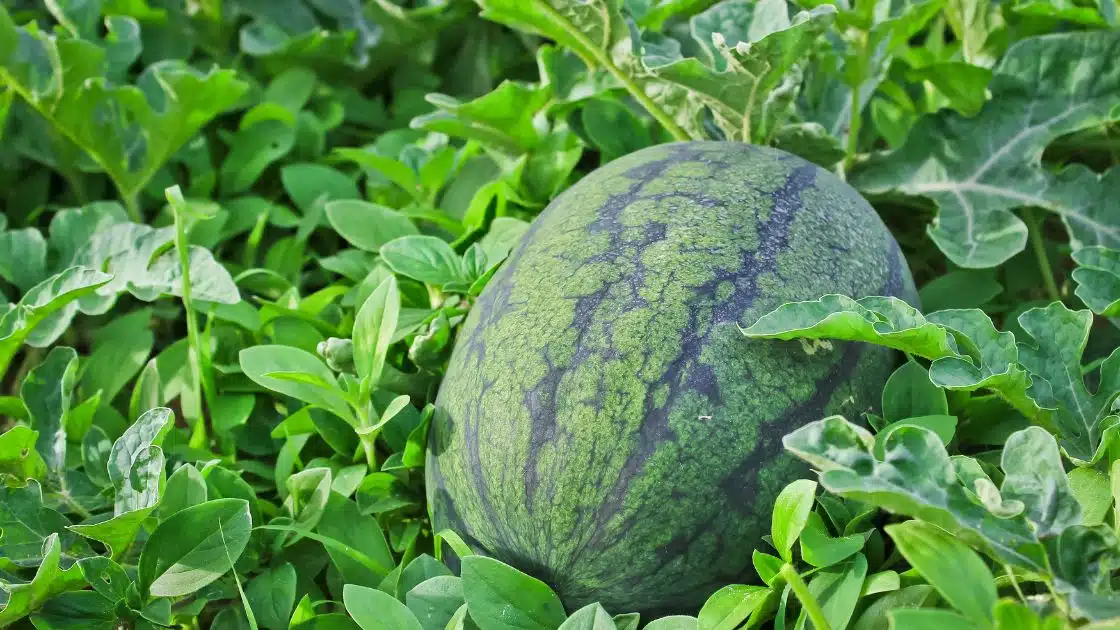The sage plant, scientifically known as Salvia officinalis, is a versatile herb that is widely used for both its medicinal and culinary properties. With its distinct aroma and robust flavor, sage has been treasured for centuries in various cultures around the world. In this article, we will explore the many benefits and uses of the sage plant, from promoting overall well-being to enhancing the taste of dishes. Let’s delve into the wonderful world of sage!
Sage Plant: Nature’s Medicine Cabinet
Sage has been recognized for its medicinal properties for centuries. The essential oils present in this plant contain compounds such as thujone, cineole, and camphor, which contribute to its therapeutic benefits. Here are some of the ways in which the sage plant can support your health:
1. Relief from Digestive Issues
Sage has long been used as a natural remedy for various digestive problems. Its carminative properties assist in relieving bloating, flatulence, and indigestion. By promoting healthy digestion, sage can help alleviate discomfort and enhance overall well-being.
2. Respiratory Support
The aromatic compounds found in sage make it an excellent herb for respiratory health. It can help soothe irritated airways, reduce congestion, and ease coughs. Adding a few fresh sage leaves to hot water to create an inhalation steam can provide quick relief from nasal congestion and other respiratory ailments.
3. Brain Boosting Abilities
Sage is often hailed as a cognitive enhancer due to its ability to improve memory and concentration. Research suggests that certain compounds in sage can protect against age-related cognitive decline and potentially even help with conditions such as Alzheimer’s disease. Incorporating sage into your diet or using it as an essential oil for aromatherapy purposes may promote brain health.
4. Anti-Inflammatory Properties
Chronic inflammation is linked to various health conditions, including heart disease, diabetes, and arthritis. Sage possesses powerful anti-inflammatory properties that can help combat inflammation and reduce the risk of developing such diseases. Including this herb in your daily routine may contribute to better overall health.
Read More:
Sage in the Kitchen: A Flavorful Delight
Apart from its medicinal benefits, the sage plant is widely cherished for its culinary uses. The distinctive aroma and earthy flavor of sage make it a popular herb in many kitchens. Here are some delightful ways to incorporate sage in your culinary adventures:
1. Culinary Complements
Sage’s robust flavor pairs exceptionally well with dishes containing meats, particularly poultry and pork. Sprinkling some chopped sage leaves over roasted chicken or adding it to sausage stuffing can elevate the taste to a whole new level. The herb also adds a delightful earthiness to creamy sauces and soups.
2. Infused Oils and Vinegars
Infusing oil or vinegar with sage can create a flavorful base for dressings, marinades, and dips. Simply steep a handful of sage leaves in your chosen base (olive oil or vinegar) for a few weeks to extract and infuse the herb’s essence. The result is a versatile and aromatic ingredient that enhances the taste of your culinary creations.
3. Herbal Tea
Sage tea is a popular herbal beverage with a plethora of benefits. Brewed from fresh or dried sage leaves, this tea offers a comforting and soothing experience. It is known to aid digestion, relieve sore throats, and provide an antioxidant boost. Enjoy a cup of sage tea on a chilly evening for a warm and rejuvenating experience.
Conclusion
The sage plant is a valuable addition to both the medicine cabinet and the kitchen pantry. From its numerous health benefits to its ability to enhance the taste of dishes, sage offers a myriad of advantages. Whether you are seeking relief from digestive issues or aiming to elevate your culinary delights, this herb has something to offer. So, why not harness the power and flavor of the sage plant and embark on a journey of wellness and gastronomic delight?





